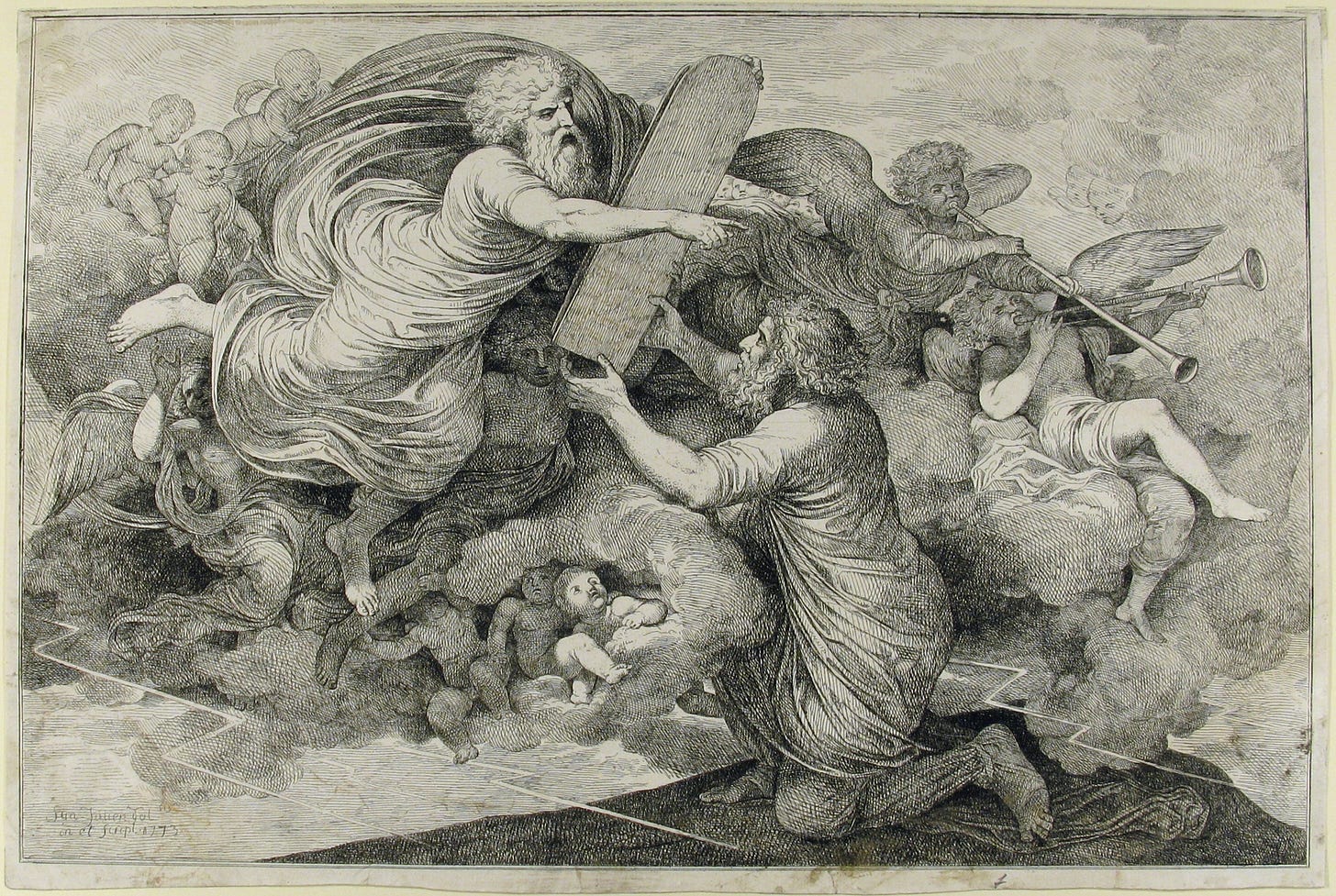One of the best known controversies in ancient Jewish history concerns the date of the Shavuot festival. The date is calculated, according to the Torah, by counting seven weeks from Passover. Since Passover is a seven day festival, it is not clear from which day the counting is to start. This led to a controversy that masks a much more fundamental disagreement, which I have written about before, over the nature of the Hebrew calendar.
The wording in the Torah is to count seven weeks ‘from the day after the Shabbat’. The question was, which Shabbat? The Torah passage comes immediately after the instruction to observe Passover. One school of thought was that ‘the Shabbat’ meant the first day of Passover, the other opinion was that it meant the first Saturday after the festival.
Those who maintained that the Hebrew calendar was lunar, that the new moon marked the start of the new month, counted seven weeks from the first day of Pesach, because that date is determined by a full moon. Those who argued for a solar calendar counted seven weeks from the day after the first Shabbat after Pesach.
In time the lunar calendar won out. Shavuot was counted from Passover. The day of the week on which it fell was flexible, depending on which day Passover fell. However, some 1st century Jewish sects, including the early Christians, kept a tradition of counting from Saturday, so that Shavuot would fall on a Sunday. That is why Whitsun, the Christian equivalent of Shavuot, always falls on a Sunday; Whit, or White Sunday.
The battle between the two calendar camps periodically grew heated. The Talmud (which follows the lunar calendar) records stories of solar calendar enthusiasts deliberately trying to mislead the lunar camp, trying to confuse them as to which day was actually the new moon. The lunar camp probably did similar things, but since they were the people who wrote the Talmud, we hear nothing of it.
The date of Shavuot was only the first of the controversies surrounding the festival of Shavuot. The next one to surface concerned the nature of the festival itself.



